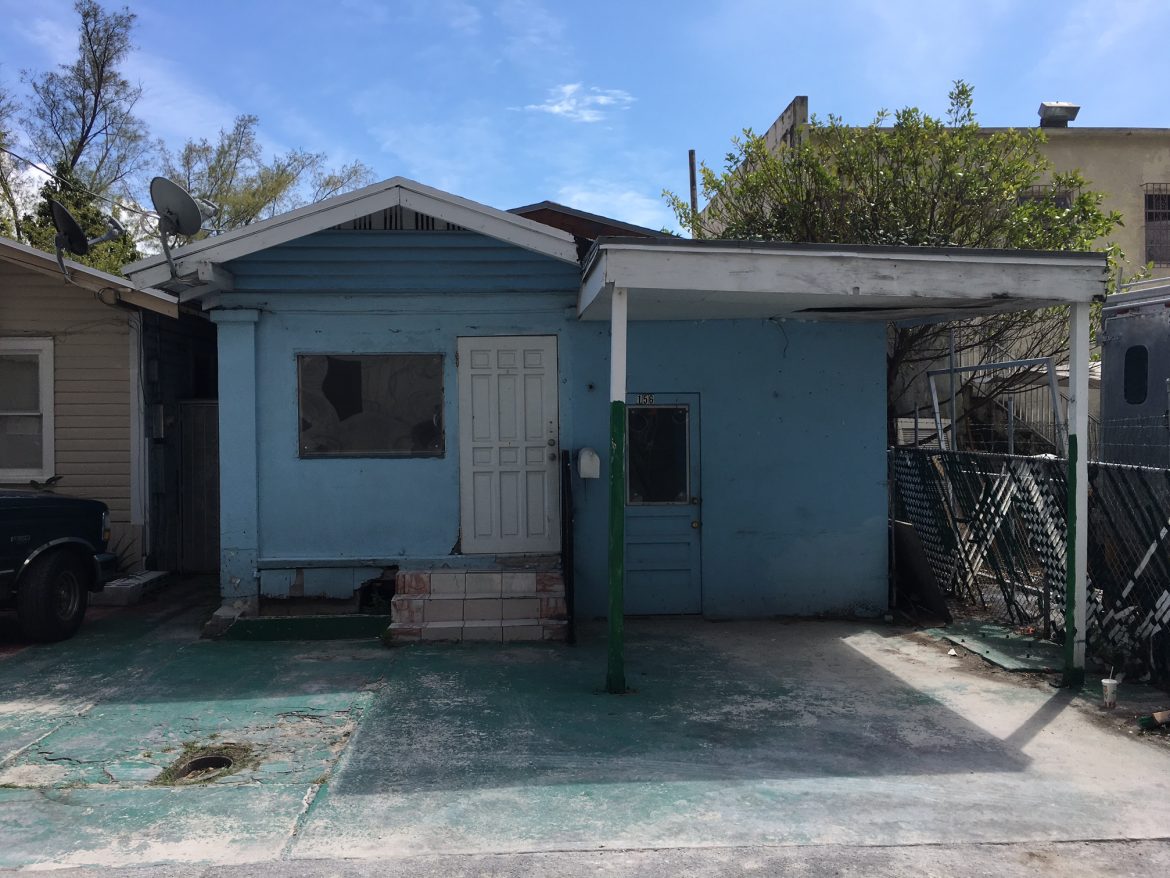As cities and businesses begin to reopen following weeks or months of stay-at-home orders, many sectors of the economy face the reality of a downturn. Amid that climate of uncertainty, multifamily remains strong as an investment opportunity.
Backed By History
Multifamily real estate has a long history of weathering economic storms. Last year, CBRE analyzed the effects of the past two recessions on the commercial real estate market and found that “multifamily outperformed office and industrial in the 2001 recession and all major property sectors (office, industrial, retail) during the 2008-2009 recession. Multifamily generally had lower total rent decline and more rapid post-recession rent recovery.”
Following the 2001 recession, multifamily recovered more quickly than other CRE categories and reached a much higher rent growth (10%) beyond its historical peak than either industrial or retail (4.3% and 5.7%, respectively).
The 2008-2009 recession sparked a steep decline in homeownership and demand for single-family homes, which has bolstered the multifamily market for the past decade. That demand has not shown signs of slowing in recent months.
The market has been predicting a downturn for the past several quarters. Although few could have expected a pandemic as the cause, industry experts have been ready for the shift from growth to maintenance for some time. The sector’s strong history of withstanding recessions gives those of us in multifamily confidence that we will bounce back and fare well in spite of challenges. In fact, my firm wrote about the subject in a 2019 newsletter, highlighting some fundamentals that contribute to multifamily success in all economic climates, including location, value-add investments and underwriting.
Effects Of The Pandemic To Date
While the market can expect a dip in occupancy following the pandemic, experts anticipate that it will be short-lived. Multifamily fundamentals will contribute to its ability to react to short-term fluctuations and long-term recovery. Covid-19 has had an impact on multifamily, but we can expect that the sector will continue to demonstrate its resilience.
According to one Globe St. writer, “Demographic trends favor continued multifamily demand. In addition, many businesses are now operating remotely so flexible shelter or renting versus owning remains desirable. And, graduating students with high debt will most likely choose to rent because securing a mortgage remains challenging.”
Recent reporting shows that renters in Class A and B properties have, in large part, kept up with their rent payments through the months of stay-at-home orders, in part because many residents in luxury to midtier apartments have a greater ability to continue their work remotely from home because many of these renters work in information- or technology-centric fields. Apartment communities located near strong professional business centers will continue to attract renters.
In our experience, professionally managed properties also have a greater ability to flex and meet the needs of those remote workers with high-quality technology investments, as well as creative solutions to in-unit and on-site workstations.
In addition, the following will support continued apartment demand:
• Interest rates are at record lows.
• With fewer people able to afford homeownership, tenants who under different circumstances might have become homeowners will remain apartment renters.
• With projected decreases in both homeownership and multifamily apartment deliveries, the current multifamily supply shortfall will increase.
• Resident turnover will lessen as people seek stability.
• Properties that have already deployed technology for marketing, leasing and resident services will be at an advantage in retaining and attracting renters in this environment.
Even as consumer spending tightens and retailers downsize or close entirely during downturns, people continue to need homes. Demand for apartment homes continues throughout all economic cycles. As the economy corrects in 2020, investors should feel a higher level of comfort with their multifamily investment than other investment products.
Source: Forbes

